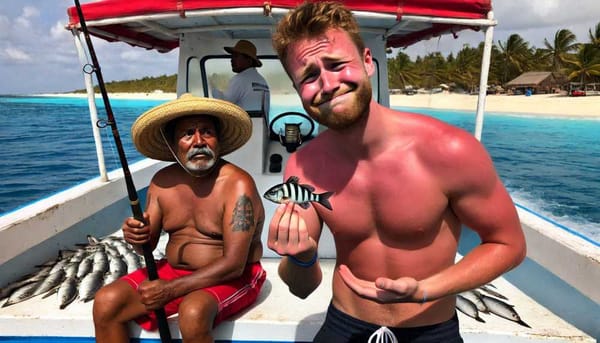Tips for keeping children safe in summer
In summer, especially in July and August, there is a sharp increase in the number of accidents and injuries. How to protect your child from injury?

During the summer holidays, children and adolescents spend much more time in various leisure and sports activities without the presence and attention of their parents. This increases the number of injuries sustained in playgrounds, skate parks, falling from bicycles and scooters, playing football, basketball, and other physical activities.
Combined with children's recklessness and lack of knowledge, any of these activities can be very dangerous, so parents are encouraged to regularly remind their children and teenagers of the safety precautions they need to take to prevent summer fun from turning into misery. It is important not to scare, but to explain.
How to protect your child from injury?
Children are different, which is why families are encouraged to discuss safety issues and explain the importance of, for example, not swimming alone, either as children or adolescents or when they reach adulthood. When it comes to safety ABCs, they are the same for everyone.
In bathing areas
Do not leave younger children unattended if there is a body of water nearby - even if it's just a small pool in the backyard. Children are allowed to play in the water with inflatable toys if an adult is in the water between the shore and the deep end. If a child is in water deeper than waist-deep, he/she must be watched at all times. Do not let your child swim alone and explain why it is dangerous to do so without adult supervision. Provide a swimming vest for your child.
Discuss with teenagers that jumping into the water from a springboard, footbridge, bridge, or other elevated position is forbidden - even in a well-known bathing area, the bed may have changed over the winter and a reckless jump into the water could result in permanent injury. Remember that swimming behind buoys is forbidden and that the safest bathing areas are the official ones - those with lifeguards on duty.
When cycling, scootering, rollerblading
Remind teenagers and make sure children always wear safety equipment: head, arm, and knee guards. Discuss the dangers of wearing headphones, which can prevent people from hearing traffic signals, distract them and endanger their lives. Remind them of the importance of being alert, assessing obstacles in good time and respecting other road users, not making sudden maneuvers, keeping both hands on the handlebars, using cycle lanes, and obeying the rules of the road.
On trampolines and playgrounds
Explain to children that it is dangerous to perform daring tricks and somersaults on a trampoline. Before jumping on a trampoline, it is important to make sure that your child is not wearing jewelry around his neck or clothes with strings that can catch and cause additional risk of injury. If someone is jumping on a trampoline, they should not crawl underneath as this can easily cause a concussion.
Similarly, several children should not be on the trampoline at the same time and it is essential to clear the trampoline of balls and other objects before jumping. Explain and monitor that children do not behave boldly in the play areas, injure themselves or others by falling from heights, jumping from swings, or being hit by swings.
In the heat and sun
To avoid overexertion in the summer heat, provide your child with lightweight, non-synthetic clothing that does not encourage sweating. Also, remind them to wear a light head covering and to take water regularly if they plan to spend the day in the sun and heat. If, however, the first signs of overheating (nausea, weakness, fainting, headache, increased heart rate) are observed, it is advisable to place the victim in the shade or a cooler place, half lying down, and to remove warm or tight clothing.
It is recommended to apply cool, moist compresses to the forehead, and chest or to wipe the forehead, neck, and chest with cool water. When overheating in the sun, go slowly into the water to avoid rapid changes in body temperature, which can cause muscle cramps or disturbances of the heart and circulation. Discuss the principles of safe sunbathing with your teenagers and keep young children especially out of the sun.
When treating wounds and burns
Teach adolescents how to treat minor wounds - use bandages, disinfectants or rinse the wound with water - but not to try to deal with more complex injuries themselves. For insect bites, apply cool material to the bite site.
In the case of burns or scalds, the burn site should be kept under cool running water. If there is clothing in the burned area, it should not be pulled off - the water should run directly onto the clothing. No ointment should be used on its own. If the burn is larger than the size of the child's hand, an ambulance should be called.
At home
Remind your child not to leave the pan or saucepan unattended while cooking and to go to another room to play computer games or call a friend. If the cooker does catch fire, try to turn off the stove and extinguish the flames by putting a lid, a thick cloth, or a fire blanket on the cooker.
The child should be told not to run or walk while eating - this increases the risk of choking. Attention should be paid to the dangers of household chemicals and medicines and their availability in the home. Remind people about the safe use of electrical appliances: do not use an electrical appliance that is visibly damaged (a cut cord, cracks, moving socket, etc.). Children should also be taught not to go near high-voltage cabinets, wires, and other objects, not to try to save someone in distress, but to call for help.




